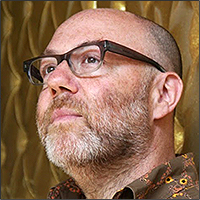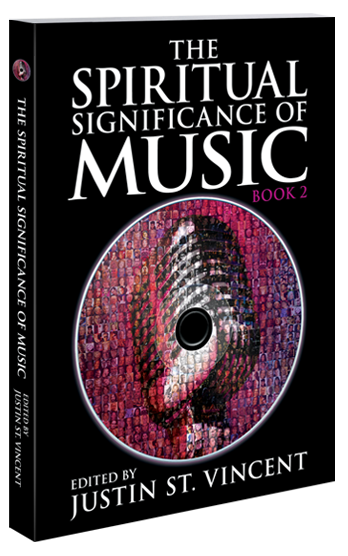Adam Levy
// jazz guitaristADAM LEVY is a jazz guitarist from New York City. His albums “Buttermilk Channel” (2001), “With My Guitar And You” (2001), “Get Your Glow On” (2003), “Loose Rhymes: Live On Ludlow Street” (2006), and “Washing Day” (2007) are all available from Lost Wax Records. Tracy Chapman’s “New Beginning” (1995) is available from Elektra Records, Sex Mob’s “Din Of Inequity” (1998) is available from Columbia Records, Trevor Dunn’s Trio Convulsant’s “Debutantes & Centipedes” (1999) is available from Buzz Records, Joey Baron’s “Killer Joey” (2000) was independently released, and Norah Jones’ “Come Away With Me” (2002), “Feels Like Home” (2004), and “Not Too Late” (2007) are all available from Blue Note Records. Adam Levy has also recorded and toured with Norah Jones, Sex Mob, and Tracy Chapman among many others.
Website: www.adamlevy.com
Photo: Ellen Rehak / EllenRehak.com
Interview:
I’m not a follower of any particular covenant. I’ve never read the Bible or the Koran, or even the Bhagavad Gita. Still, I am a true-blue believer in many things I can hear and feel but cannot see. For example, I often communicate with fellow musicians onstage without speaking a word or even making eye contact; swapping ideas about where an improvisation-in-progress may be headed. Maybe we musicians are tuned into each other, or maybe we’re all receiving broadcasts from the same cosmic-radio broadcast. Either way, the phenomenon is way beyond any “science” I know of.
A few times, I have written complete songs, lovely ones, if I may say, in under and hour. If you’ve ever tried to write a song, you know that to finish a keeper in under an hour is an accomplishment. When this happens, it’s not unlike the comic-radio phenomenon I described above. It doesn’t feel like I’m the one writing the song, but rather like I’m receiving and transcribing it. This can happen whether I’m writing alone or with co-conspirators. I can’t count on it every time I sit down to write, but when it does happen it’s a very spiritual thing.
The third part of music that has made a believer of me is its healing power. A handful of good notes, assembled just right and played or sung with conviction, can get me out of a sickbed or put a smile on my face on even the gloomiest of days. Hearing such sounds on a day when I’m already feeling well and happy, that may be the closest thing I’ll ever know to Heaven or Nirvana. This can happen with a piece I’ve never heard before, though there are medicine songs that always work for me, and that I go back to whenever I need a boost: Duke Ellington’s “Reflections In D,” Aretha Franklin’s “I’ve Been Loving You Too Long,” Elvis Costello’s “Radio Radio,” Django Reinhardt’s “Mélodie Au Crépuscule,” Gabriel Fauré’s “In Paradisum,” and Jimi Hendrix’s “If 6 Was 9.” Just typing these titles gives me goosebumps. You’ll have to find your own medicine songs, of course. What are we talking about here? Communicating in a telepathic language; writing music and poetry from divine inspiration; finding healing and rejuvenating energies in the recordings of priests and priestesses. Is this the stuff of spirituality? They surely are in my book, and that’s the book I know best.
“What are we talking about here? Communicating in a telepathic language; writing music and poetry from divine inspiration; finding healing and rejuvenating energies… Is this the stuff of spirituality?”
– Adam Levy, guitarist


